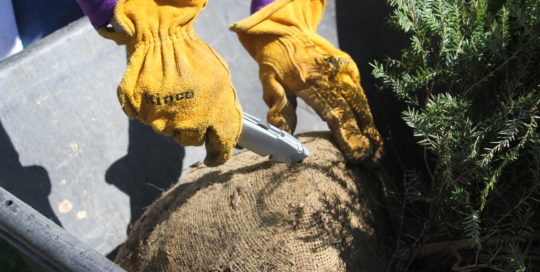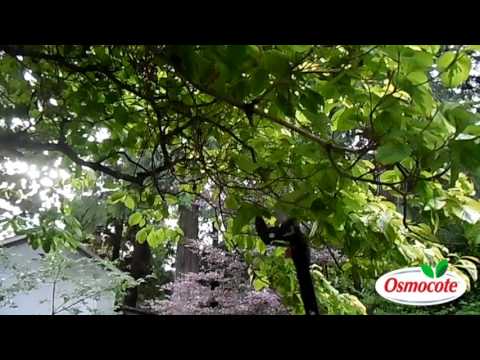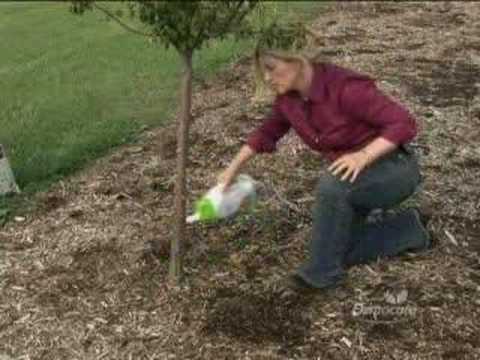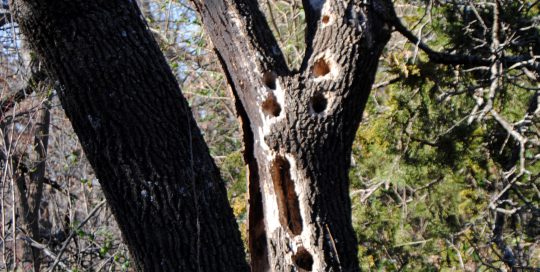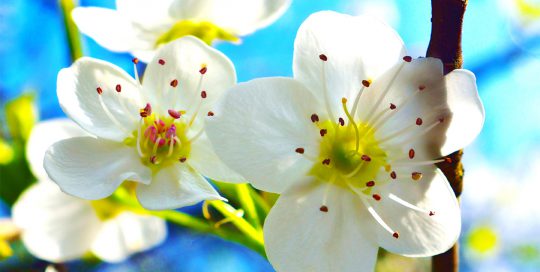Arbor Day is a time set-aside to be sure we appreciate our trees and forests. It is a holiday that celebrates the planting, upkeep and preservation of trees. The term, arbor, literally translates from Latin and simply means, ‘tree’. Trees are all around us, too. Just look out the window. The chances of seeing one is almost 100%. Trees are a foundation in any landscape, they line roads in the country, make statements in city parks, and what would a childhood be like without a tire swing in a grand oak?
How Arbor Day Started
The idea of Arbor Day originated in 1854. It was the brainchild of a Julius Sterling Morton who was from Detroit. He and his wife, Caroline, were lovers of nature. They quickly planted trees, shrubs, and flowers. The first Arbor Day was first observed in 1872, in Nebraska City, Nebraska. On January 4 of that year, Mr. Morton proposed a tree-planting holiday. He suggested calling it “Arbor Day”. He presented it at a meeting of the State Board of Agriculture. They set the date for April 10, 1872. They offered prizes to counties and individuals for planting “properly” the largest number of trees that day. It was estimated that more than one million trees were planted in Nebraska on that first Arbor Day.
In 1885, Arbor Day was named a legal holiday in Nebraska and April 22, Morton’s birthday, was selected as the date for its permanent observance. Today the most common date for other state’s observance is the last Friday in April. Subsequently, several U.S. presidents proclaimed a National Arbor Day on that date. There are a number of other state Arbor Days held at other times to coincide with the best tree planting weather for their particular area. Dates range from December through March in the south to May in the far north.
Why is Arbor Day important?
Arbor Day has been celebrated for over 100 years. One only needs to look at the destruction and damage that deforestation has had on the environment to see why is as important today as it was when it was first celebrated. When trees are removed, animals lose their homes. All mammals, including humans, lose an important supply of oxygen.
Trees can no longer be taken for granted! It is vital that we learn more about trees and about the role they play in our landscape and environment. Trees reduce the erosion of topsoil by wind and water, they cut the heating and cooling costs of your home, they moderate the temperature of the environment around us, and they clean the air. They are a renewable resource that gives us paper to write on, wood for our fireplaces, fuel for our camp fires as well as countless other products. Additionally, trees in a city increase property values, as well as enhance and beautify the community.
Organize an Arbor Day Event
Arbor Day is a fantastic way to unify your neighborhood! If you educate the good folks in your area, and tell them how important trees are, I wager some will agree to come together and plant a few trees in a local park or playground. Find some land where the addition of a tree will be welcomed, and then organize the event. Don’t be put-off if you have never planted a tree yourself – it is not as hard as you think.
Find the Right Tree for Your Area
To start, research the types of trees native to your area. Just because something is growing down the street from you does not mean it is a good idea to plant more. One of the most common reason for tree planting failures is to try to force a species into a region that can’t accommodate it. The climate is changing. Trees that were once native to a particular area are migrating into adjacent areas. Some non-native trees are undesirable because they are invasive. Bradford Pear trees come to mind. Ask your local extension agent for advice as to which trees are appropriate for your area.
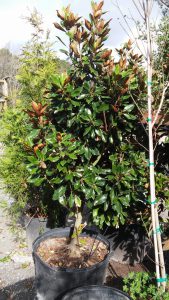
Locating a Source for the Trees
The next step is to source the trees from a reputable nursery. You will need to have funds available for purchasing the trees because they will not ‘free’. Prices vary depending upon species, size and market conditions in your area. Your neighbors may be willing to provide funds for the tree purchases, or you may be able to locate a local corporate sponsor. One way to stretch the donations for trees the farthest is to go ‘small’. One of the nice thing about trees: they will grow! Not only are smaller trees cheaper, they will be easier to handle.

